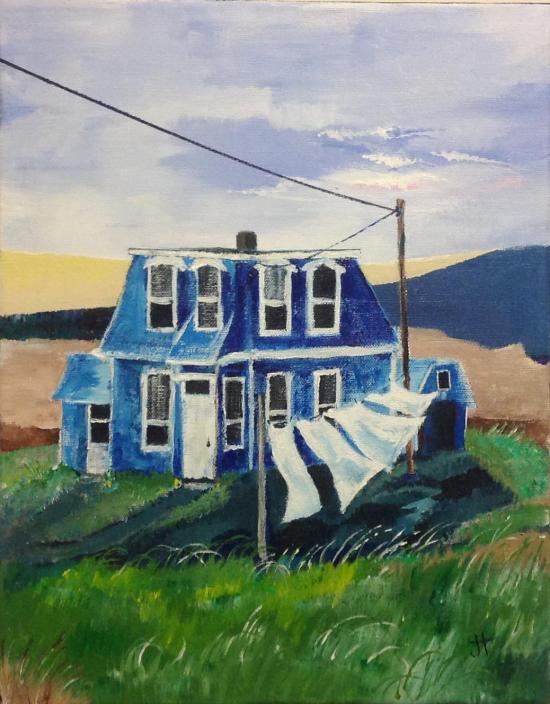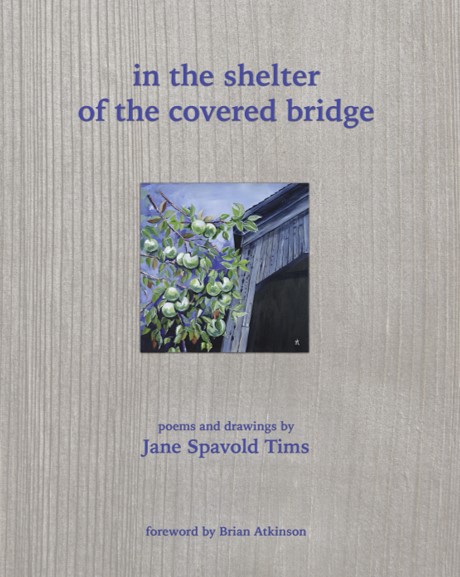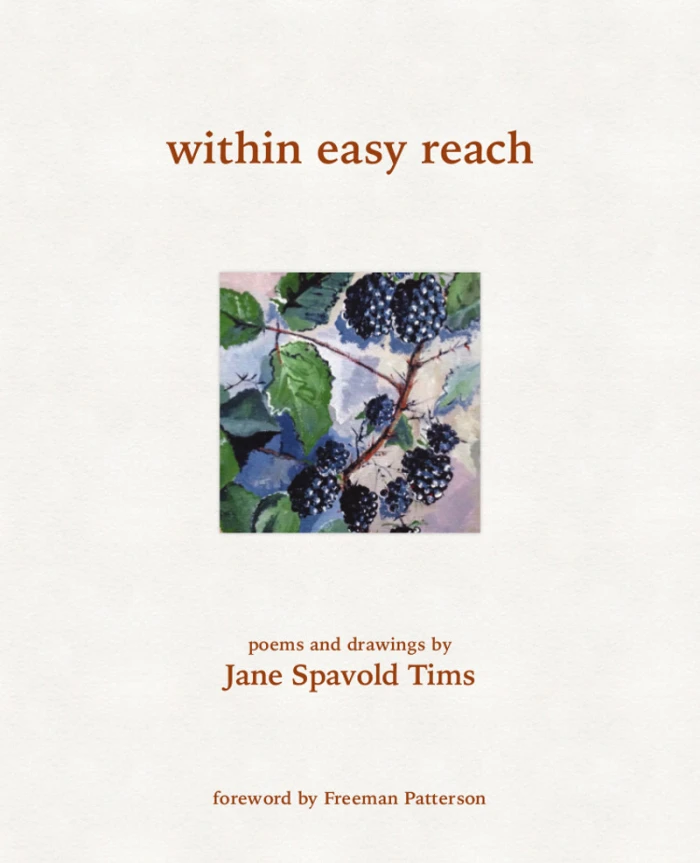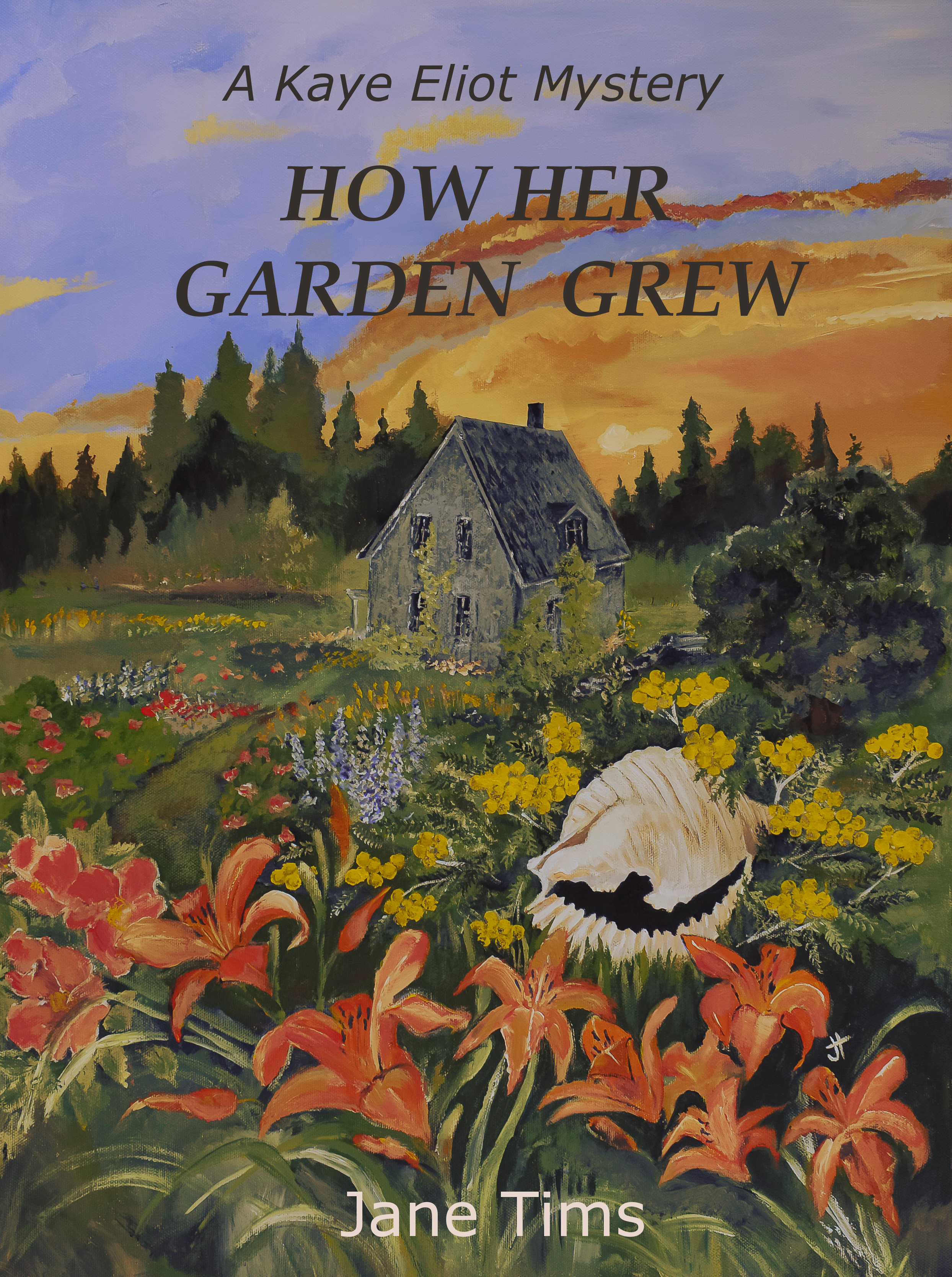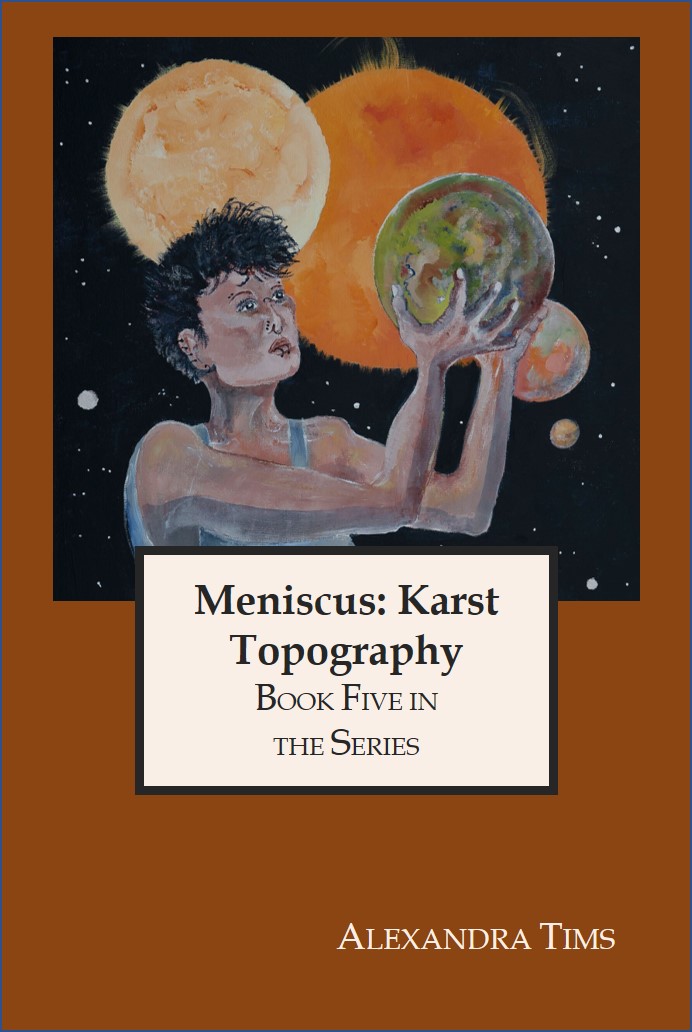Archive for June 2015
in the shelter of the covered bridge – messages left in the bridge
On our latest drive to see the covered bridges in the watershed of the St. John River, we visited four bridges near Sussex.
~
The Urney Covered Bridge (Trout Creek #4) is a relatively small bridge (20.1 meters in length) built in 1905.
~
~
The water of Trout Creek is clear and cold – at one end of the bridge is a small sandy beach. The bottom of the stream is mottled with bands of pink bedrock.
~
~
When my husband and I visit a covered bridge, we look for three things. First, we look at the structure of the bridge (is the roof sheathed in metal or cedar shingles? what is the roof type? do the timbers show signs of damage?). Next, we look at the plant life growing in, on and around the bridge, and any signs of animals using the bridge. Then, we look at the markings on the bridge.
~

The roof of the Urney Bridge is rafter construction with a ridge board. The roof is sheathed in metal.
~
Markings tend to be of three types: carving, paint and chalk. To me, some of these markings are more destructive than decorative – spray paint in various shades of fluorescent paint is more and more common. Carvings made in the wood with knives or other sharp instruments seem more decorative to me. Chalk is more ephemeral. All have historical statements to make. I think the spray paint is a commentary on ‘modern’ times – a tendency to choose the quick and easy. Carvings take effort and are characteristic of a less time-constrained age. All these ‘tags’ tell a story. The stories I like the best include initials, an indication of relationship and a date (J. T. + G. T. 2015).
~
~
Some of the messages left in a bridge are unique. I like the simple carving below. Perhaps it is meant to represent a house or the covered bridge itself. It looks unfinished, as though the carver was interrupted, or meant to return to finish the carving. To me it is a portrayal of the importance of shelter in all our lives.
~
~
Copyright 2015 Jane Tims
walk on the shore
~
ignition
Sea-rocket (Cakile edentula Hook.)
~
clumps of Sea-rocket
are splashes of lime on sand
missiles from lavender flowers
~
pepper to tongue
pungent breath of Cakile
cardamom and caraway
~
flavour our laughter
giggles of gulls cross sober sand
intervention in sluggish lives
~
launches from Cape Canaveral
moon-walking on the beach
splash-downs in Sargasso Seas
~
most days are moth-eaten –
paper cuts, missives, e-mails to answer
problems, resolutions without teeth
~
the seawind smooths its sand
begs for someone to take a stick
scratch out a love song
~
~
~
Copyright 2015 Jane Tims
summer on the river
~
~
drinks on the patio
~
the setting spins
on the river
golden while the mayflies dance
with gilded wings
~
this is conversation!
a cold glass
singing ice
white wicker
umbrella shade
the hills
wistful beyond the gauze
of mayfly dancing
~
you are dazzled by the play of sun
and words on water
your voice
your smile
who cares what you are saying
as long as the lines are long
and the tone is light
and the mayflies stir
the air above the river
~
I listen
with a nod of my head
a flutter of my hand
the corners of my mouth lift
to smile
~
my ears and eyes
have better things to do
~
the sunlight slides on cobwebs
spun across the river
our voices slur
while the mayflies dance
the rise and fall
of their glass bodies
and your laughter
~
liquid on water
~
~
~
Published as ‘drinks on the patio’, Pottersfield Portfolio 17 (3), Spring 1997.
Copyright 2015 Jane Tims
in the shelter of the covered bridge – hummingbird hawkmoths
At one end of the Benton Covered Bridge (Eel River #3) is a large Lilac bush.
~
~
Since I was looking for wild life in the vicinity of the bridge, I was delighted to see what appeared to be bumblebees or hummingbirds busy gathering nectar from the Lilac blossoms.
~
~
As we approached, we realised these were not bumblebees or hummingbirds, but a type of ‘hummingbird hawkmoth’. They behaved like hummingbirds, darting among the flowers, backing up and slipping sideways. Their transparent wings were a blur, they moved so fast. Their bodies were striped in gold and black and their bodies were very hairy.
~
~
Although my photographs are not very clear, with help from the New Brunswick Museum staff, I now know these are Hummingbird Clearwing moths (Hemaris thysbe). Although I listened carefully, I could not hear the sound their wings made, since the rippling of the water in the river was so loud!
~
There were hundreds of moths in the Lilac bush. The hummingbird hawkmoths shared their feast with a group of very nervous Canadian Tiger Swallowtail butterflies (Papilio canadensis).
~
The Lilac scent was overwhelming, thick and sweet. If that scent was a room, it would be a Victorian parlour. If it was a textile it would be deep-purple satin. If it was weather, it would be a sultry August evening. If it was a light, it would be a Moroccan lantern … and so on.
~
~
Copyright 2015 Jane Tims
in the shelter of the covered bridge – Stonefly nymphs
These days, I am having a great time visiting some of the covered bridges in New Brunswick. I have visited many of the bridges before, but mostly to learn about their history. Now I am planning a project to look at the plants and animals living in or around covered bridges, so I am trying to get a feel for the subject to see what species I am likely to meet.
~
~
This weekend, we visited the Benton Covered Bridge (Eel River #3) in west-central New Brunswick. Benton is a small community on the Eel River. The bridge, 31.9 meters long, was built in 1927.
~
~
The Eel River is a pleasant shallow river. When we were there, people were fishing with rod and reel. We noticed a digger log had been installed in the river, often done as a way of encouraging the river to dig deeper pools and improve fish habitat.
~

Eel River – a digger log has been installed in the river, the long line of flowing water above the center of the photo, running from 8:00 to 2:00 – the log causes the water downstream to dig a deeper pool and simulates the action of fallen trees in a natural river
~
My search for wild life in and around the bridge was rewarded by the discovery of Stonefly nymphs clinging to the wooden walls of the bridge.
~

Two Stonefly nymphs on the wall at the end of the bridge – the cerci are hard to see – they are a pair of extensions at the end of the abdomen, pointing upward in the photo, between the hind pair of legs – the cerci are almost as long as the insect itself
~
Not particularly beautiful to me, the nymph is a life-stage on the way to the adult form. Stoneflies (Order Plecoptera) are identified by their narrow bodies and the long pair of cerci at the end of the abdomen (cerci are long appendages on the rear abdomen of many insects). I was never any good at insect identification when I worked in the field of water quality, so I am not certain which Family of the Order Plecoptera they belong to.
~
There were Stonefly nymphs all over the bridge walls, inside and out. I was happy to see these insects because they are an indicator of good to excellent water quality. Anglers love to see these insects in a stream or river because it usually means good fishing.
~
~
I nudged one of the nymphs with a pen and he did not budge a millimeter. In spite of his inaction, I am certain he will be the hero of a future poem about life in the shelter of the covered bridge!
~
Copyright 2015 Jane Tims
forward direction
Going over some older writing, I discovered the poem below. Retired now, I remember days when I thought I couldn’t take another minute of work situations I can’t now even remember. A good message for me when I feel stressed. Ask myself if I will even recall the circumstances of this moment years from now. The photos are from a drive to work in 2011.
~
~
~
in car-contained wrath
aftermath of a stress-filled day
a shadow cloud of dots and dashes crosses
my road, there and gone
feathered beings, perhaps
a murmuration of birds
or an incantation of angels
wing tips backward beating
frail quills and a message
to go forward
~
~
~
~
~
~
Copyright 2015 Jane Tims













